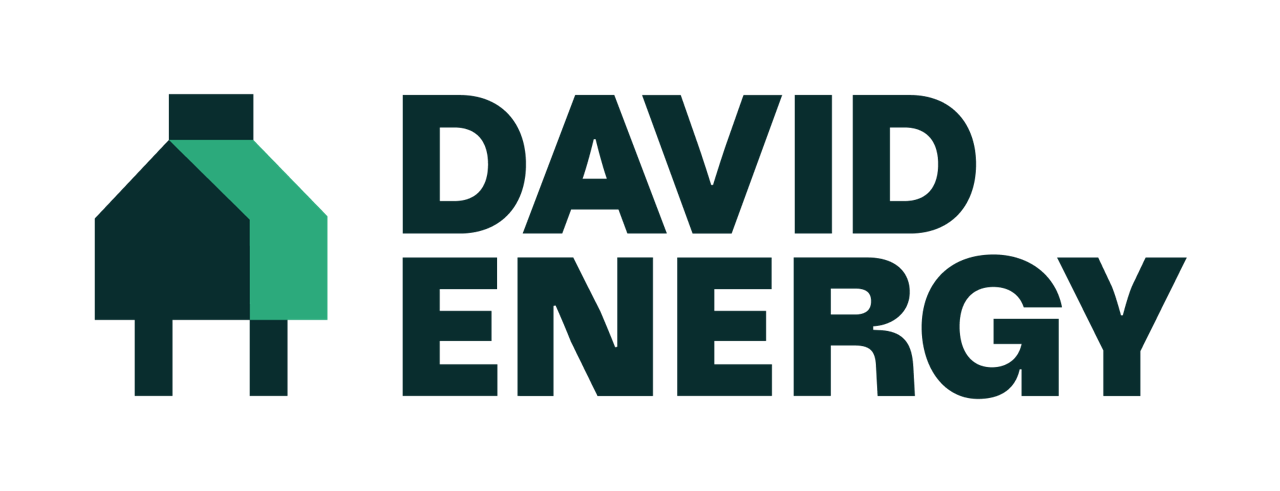About Supply Rates
In a deregulated energy market, the supply rate reflects the cost of purchasing electricity or natural gas from energy suppliers, as well as other associated expenses. Here are the key components that typically make up the supply rate in a deregulated energy market:
Generation Costs: These are the costs associated with producing electricity or extracting natural gas. Generation costs include expenses related to fuel procurement, operation, maintenance, and depreciation of generation assets. In a deregulated market, multiple energy suppliers compete to provide generation services, and their costs influence the supply rate.
Wholesale Market Prices: Energy suppliers purchase electricity or natural gas from wholesale markets at market-based prices. These prices can fluctuate based on supply and demand dynamics, fuel prices, weather conditions, and other factors. The wholesale market prices directly impact the supply rate charged to consumers.
Transmission and Distribution Costs: Energy must be transported from generation facilities to end-users through transmission and distribution networks. Transmission and distribution costs include expenses for maintaining, upgrading, and operating the infrastructure necessary for delivering energy to consumers. These costs are often passed on to consumers as part of the supply rate.
Regulatory Charges and Fees: Regulatory agencies may impose various charges and fees on energy providers to cover administrative expenses, compliance with environmental regulations, grid reliability initiatives, energy efficiency programs, and other regulatory requirements. These charges are typically included in the supply rate.
Renewable Energy Credits (RECs) and Green Energy Programs: Some energy suppliers offer renewable energy options or participate in green energy programs that allow consumers to support renewable energy generation. The cost of purchasing renewable energy credits or implementing green energy initiatives may be reflected in the supply rate for participants.
Customer Service and Administrative Costs: Energy providers incur expenses related to customer service, billing, metering, and account management, which are recovered through the supply rate. These costs ensure the smooth operation of the utility and support customer service initiatives.
Taxes and Surcharges: Taxes, surcharges, and government levies imposed on energy consumption by federal, state, or local authorities contribute to the overall supply rate. These may include sales taxes, excise taxes, utility franchise fees, and other regulatory assessments.
Understanding these components can help consumers make informed decisions when selecting energy suppliers and managing their energy costs in a deregulated market.
